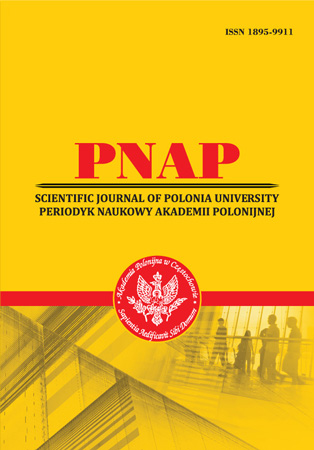THE AUTOBIOGRAPHICAL STORY'S TYPOLOGICAL TRAITS IN BRUNO SCHULTZ'S COLLECTION “CINNAMON SHOPS”
Abstract
The article analyzes the peculiarities of the typological characteristics of Bruno Schultz’s works. He was the representative of Polish modernism. The autobiographical character of the collection of stories “Cinnamon Shops” is revealed, and the explicit and implicit depiction of reality in the work is determined. The concept of childhood poetry is theoretically substantiated, and its structural components are set forth. The methods of creating the world of childhood were analyzed, and the features of its realization in the works of the named author were revealed. Bruno Schultz is the founder of the idea of the hermetic mythology of a place. Its mundane nature comprises delineating a geographical area with an infinite number of meanings and content. Schultz's classic prose became a generalized expression, a world structure of global significance. His two volumes of short tales, “Cinnamon Shops” and “Sanatorium beneath the Hourglass”, placed him in the canon of 20th-century European literature. Bruno Schultz lived during a period of unprecedented political change when new civilized codes and identities for modern European countries were emerging. In his prose, a rare meta-culture of Central-Eastern Europe emerges through mythology. It is an opportunity to see the enormous possibilities of the past, from which the modern states of the Central European subcontinent emerged. Schultz would probably also be very useful in discussions about postmodernism because of the collage and fragmentary nature of his work and because of the fun he has with myths and parodies – in some places, it fits very well into postmodern practices, and Schultz can be considered one of their forerunners.
References
2. Shmid, V. (2015). Naratolohiia [Narratology]. Kyiv: Hramota [in Ukrainian].
3. Shults, B. (1996). Vidpovid B. Shultsa St. I. Vitkevychu [B. Shultz’s answer to St. I. Vitkevich]. Kyiv: 8, 66–68 [in Ukrainian].
4. Shults, B. (2012). Tsynamonovi kramnytsi ta vsi inshi opovidannia [Cinnamon shops and all other stories]. Kyiv: “A-ba-ba-ha-la-ma-ha” [in Ukrainian].
5. Tkachuk, O. (2002). Naratolohichnyi slovnyk [Narratological dictionary]. Ternopil: Aston [in Ukrainian].
Abstract views: 171 PDF Downloads: 134







